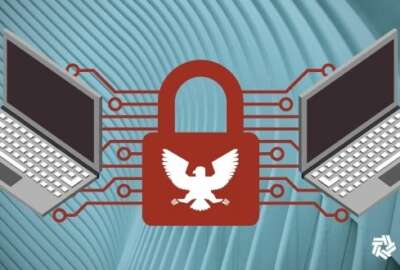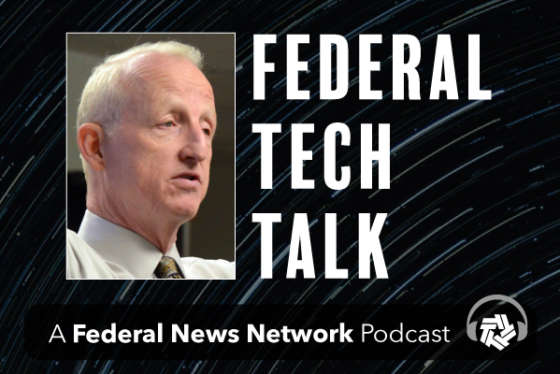
Juniper Networks: How recent acquisitions affect federal IT
Bob Dunn, vice president of Federal for Juniper Networks, joined host John Gilroy on this week's Federal Tech Talk to explain how recent changes in Juniper Netw...
Best listening experience is on Chrome, Firefox or Safari. Subscribe to Fed Tech Talk’s audio interviews on Apple Podcasts or PodcastOne
Being in business for almost 25 years, most readers have heard of Juniper Networks, or at least the traditional Juniper.
Bob Dunn is the vice president of Federal for Juniper Networks, and he joined host John Gilroy on this week’s Federal Tech Talk to update listeners on how recent changes in Juniper Networks can help with federal information technology goals.

Dunn provided a good “thumbnail” sketch of recent acquisitions by Juniper and how they will impact federal IT. Juniper acquired Mist, 128T, Apstra, as well as a company called Netrounds. Each one of these offerings helps bolster Juniper’s ability to increase the ability for federal agencies to manage networks.
Improved network management is in the cards for federal agencies, whether they want it or not. An older program from the General Services Administration called Networx is being replaced by Enterprise Infrastructure Solutions. Advances in network management will allow for improved cybersecurity, easier scaling, and reduction in cost.
During the interview, Dunn explained how artificial intelligence provided by Juniper’s Mist can provide for something called a “self-healing network.” The concept is that Juniper can supply specific sets of rules that, if transgressed, can cause the system to redirect or even shut down the attacker.
Juniper has been working with an initiative from GSA called the Robotic Process Automation community to gain a better understanding of challenges in managing federal systems that have heavy compliance burdens.
Federal agencies are getting perplexed in working with differing OEM cloud vendors, the usual suspects from Amazon, Microsoft, and Google. Dunn suggested that an efficiently managed system can allow for federal information technology professionals to leverage each OEM system to optimize for burst events as well as prioritizing workloads.
Copyright © 2024 Federal News Network. All rights reserved. This website is not intended for users located within the European Economic Area.
Related Stories





